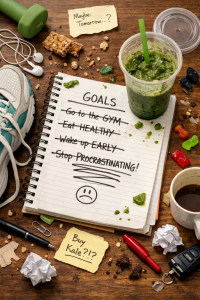This topic came up during a chat today with one of my contacts when we were discussing the apparent increasing rates of ADHD and autism in children.
Endocrine disruptors come in many guises, but essentially what they are doing is blocking, mimicking or altering our body’s hormone signals in a negative way, preventing them from doing what they are supposed to do.
Sadly our third world lives are a veritable ocean of these disruptors; from the parabens found in many personal care products such as shower gel and toothpaste to the BPAs found in plastics such as food containers water bottles and I’ve even seen this in the lining of some cans. From the pesticides used in agriculture to the flame retardants used on the sofas we sit on in our homes, it’s quite hard to avoid not coming into contact with BPAs.
In addition to hormonal imbalances, endocrine disruptors have been linked with other health issues such as infertility and abnormalities in fetal development, brain development (particularly in young children and babies in the womb), the immune system and an increased risk of cancer.
Minimizing our exposure to these human made disruptors can be made by
While completely avoiding endocrine disruptors can be challenging, here are some potential ways to reduce exposure:
1. Buy organic milk and, if you can afford it, other organic dairy products.
2. Buy organically grown fruit and vegetables (I know they aren’t cheap, but some of you may be able to buy directly from local small holdings and farms which will reduce the chemicals sprayed on to preserve the produce/
3. Yes chicken is white meat and supposed to be healthier, but growth hormones are often added to poultry feed to expedite their time to market.
4. Check the ingredients used in toothpaste and other personal care items; avoid sodium lauryl sulphate and parabens in particular.
5. Check your non stick saucepans and frying pans and bin any that have started to break down. Going forward, try to avoid these; cereamic or steel ones are better.
6. Check your tinned soup cans and even if it says BPA free, it will still contain other micro and /or nanoplastics… Published studies have shown a 1,000% (yes, 1,000%) increase in BPAs in urine which does show the body is excreting some, but we don’t know how much remains in the body.
7. Sea salt – yes the very salt that we think is healthier apparently is covered in BPAs now…
8. Buy take out coffee in those paper cups? Notwithstanding the lid which is plastic, the lining of these cups contain high levels of micro and nano plastics – hot liquids promotes the leaching of these into the drink you are about to consume. So it’s better to take your own travel mug (ceramic or metal, not plastic!).
9. Avoid plastic packaging with food; try to buy from farmers markets or local greengrocers/farm shop.
10. Try to wear natural clothing such as cotton (albeit it has been said, most cotton fields are sprayed with chemicals…). Synthetic fibres shed, including when washed, breaking down the microfibres and dyes into our water systems. Keep your older clothes for as long as you can as once the initial shedding is done, there is much less in subsequent washes, so this is better than buying new clothes.
11. Microwave popcorn – try to avoid.
I will keep adding to this list as information comes through from the US Professors.


